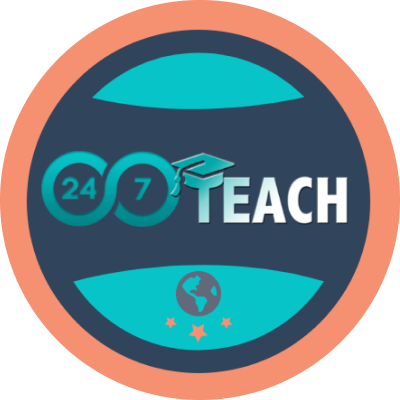Lesson 2: Methodologies Demystified - Navigating Waterfall, Agile, and Scrum in Software Development
Prefer to listen to this lesson? Click below.
Decoding Development - A Dive into Waterfall, Agile, and Scrum
The world of software development is vast and dynamic. As the industry has matured, so have the methodologies that guide the software creation process. For those new to software development or even seasoned veterans looking for a refresher, let's unravel three pivotal methodologies: Waterfall, Agile, and Scrum.
Waterfall: The Linear Approach
The Waterfall methodology is akin to a cascading flow, where each phase of the software development process must be completed before moving on to the next. This model has been around for decades and is one of the earliest methodologies.
Key Features of Waterfall:
Sequential Phases: Projects are divided into sequential phases, starting with system design and ending with maintenance. Each phase relies on information from the previous stage and feeds into the next.
Documentation-Focused: Due to its linear nature, meticulous documentation is needed at each stage to guide the subsequent phases.
No Going Back: There's usually no return once a phase is complete. If errors are discovered later, they can be expensive and time-consuming.
While the Waterfall model offers predictability and structured stages, its rigidity can be a downside. It doesn't accommodate changes well, which can be limiting in today's fast-paced tech landscape.
Agile: Embracing Flexibility
As a response to the rigidity of Waterfall, the Agile methodology emerged, emphasizing adaptability and customer feedback. It's not a linear model but a cyclical one, with iterations allowing developers to respond to real-time changes.
Key Features of Agile:
Iterative Development: Projects are broken into smaller, manageable chunks called iterations. Each iteration results in a usable product, which can be built upon in the next cycle.
Feedback Loops: After each iteration, feedback is sought, ensuring that the end product aligns with user needs and expectations.
Collaborative Effort: Agile promotes consistent communication among developers, stakeholders, and users. This ensures that everyone is on the same page.
Agile is immensely popular in the tech world due to its flexibility. However, its success heavily relies on consistent communication, making it imperative for teams to be cohesive and committed.
Scrum: Agile's Offspring
Scrum is a subset of Agile, embodying its principles but with added structures and roles. It's like a framework that gives more specificity to the Agile approach.
Key Features of Scrum:
Sprints: Scrum projects are divided into time-boxed periods called sprints, usually lasting two to four weeks. Each sprint results in a potentially shippable product increment.
Defined Roles: Scrum has specific roles, including the Product Owner (responsible for the product vision), the Scrum Master (ensures the process runs smoothly), and the Development Team.
Daily Stand-Ups: These are short meetings where team members update each other on their progress and discuss potential challenges.
Scrum's structured nature offers clear roles and expectations, ensuring everyone knows their responsibility. However, its success, like Agile, relies heavily on team collaboration and commitment.
Which One is Right for Your Project?
Choosing the right methodology depends on the nature of your project and your team. Waterfall might be a good fit if you're looking for a structured, well-defined approach and can define all requirements upfront. However, if you anticipate changes and want a more adaptive approach, Agile or Scrum would be better suited.
Conclusion
Understanding software development methodologies is essential for anyone in the software engineering field. Whether you lean towards the structured cascading phases of Waterfall, the adaptability of Agile, or the specificity of Scrum, each methodology offers tools and processes designed to streamline development and deliver value to users.




